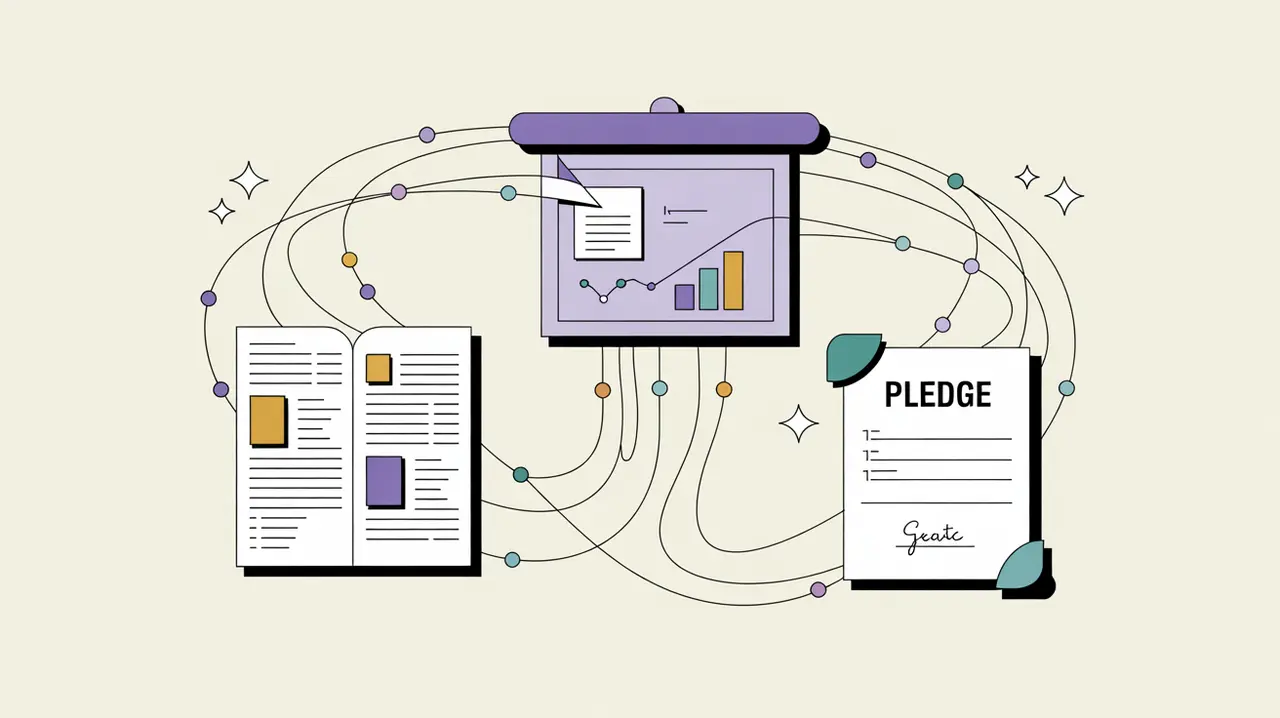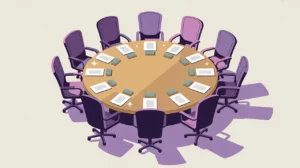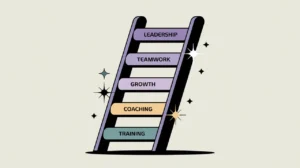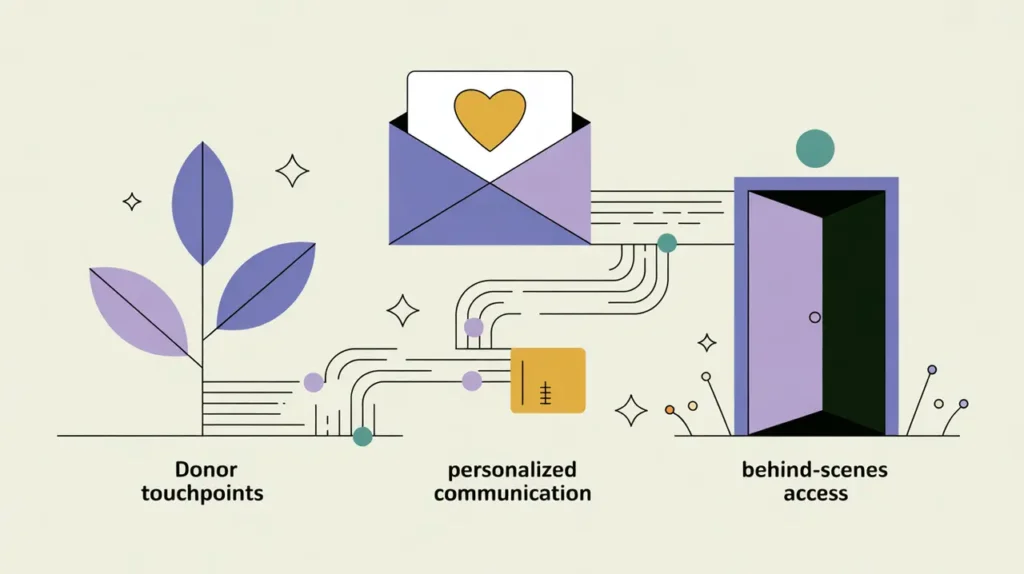What Does Fundraising Proposals and Solicitation Involve?
Fundraising proposals and solicitation mark the moment when cultivation transitions into a direct request for support. This stage is where nonprofits formally present funding opportunities and ask donors to commit resources. It can take the form of grant applications, tailored donor proposals, pitch decks, or personal solicitations in meetings and events.
In practice, effective solicitation requires careful timing, clear alignment with donor interests, and a confident presentation of the case for support. A proposal must balance storytelling and evidence, demonstrating both the urgency of the problem and the organization’s capacity to deliver impact. Solicitation also involves managing expectations. Teams must be clear about what the organization is asking for, what the donor’s support will enable, and what reporting or recognition will follow.
Organizations that rush into solicitation without adequate preparation risk damaging trust. But when proposals and solicitations are executed thoughtfully, they create pivotal moments of commitment. They transform interest into investment, moving donors from prospective partners to active supporters.
What Competencies are Associated with this Role?
Solicitation combines communication skill, strategic timing, and donor understanding. Competencies include:
- Drafting compelling proposals and grant applications
- Developing tailored pitches and presentations for different audiences
- Aligning asks with donor priorities and giving history
- Balancing narrative and evidence in donor-facing materials
- Coordinating proposal inputs from program, finance, and leadership staff
- Managing proposal timelines and submission requirements
- Practicing confident verbal solicitation in meetings
- Negotiating scope and expectations during solicitation
- Documenting solicitations in CRM systems for tracking
- Maintaining professionalism and donor-centered framing
How Might AI and Automation Help this Role?
AI and automation can enhance efficiency and personalization in solicitation. Opportunities include:
- Generating draft proposals from program data and case for support inputs
- AI-driven tailoring of pitches to donor profiles and preferences
- Automated reminders for proposal deadlines and submissions
- Predictive analytics to identify best timing for solicitation
- Generative AI for creating pitch decks and visual content
- Natural language processing to refine tone and persuasion in written asks
- CRM-integrated AI for tracking solicitation stages and outcomes
- Automated benchmarking of proposals against peer organizations
What are the Roles by Experience Level?
Solicitation responsibilities are distributed across levels:
- Entry: Development Assistant, Proposal Support Associate – compile data, edit drafts, manage submission logistics
- Mid: Development Officer, Proposal Writer – draft proposals, prepare pitches, liaise with program teams
- Senior: Development Manager, Solicitation Lead – oversee proposal strategy, coach staff in solicitation, ensure quality and alignment
- Executive: Director of Development, Chief Development Officer – lead major donor solicitations, present to boards and foundations, approve high-value proposals
How Transferable are the Skills from this Role?
Solicitation skills transfer across fields that require persuasion, structured proposals, and negotiations. Within nonprofits, they open pathways to major gifts, institutional fundraising, and leadership. Beyond nonprofits, these skills align with sales, business development, consulting, and public policy. The ability to craft persuasive documents, deliver confident pitches, and align asks with audience priorities is universally valuable. Solicitation sharpens professionals’ capacities in communication, negotiation, and strategic framing, equipping them for careers where influence and clarity are central.







